








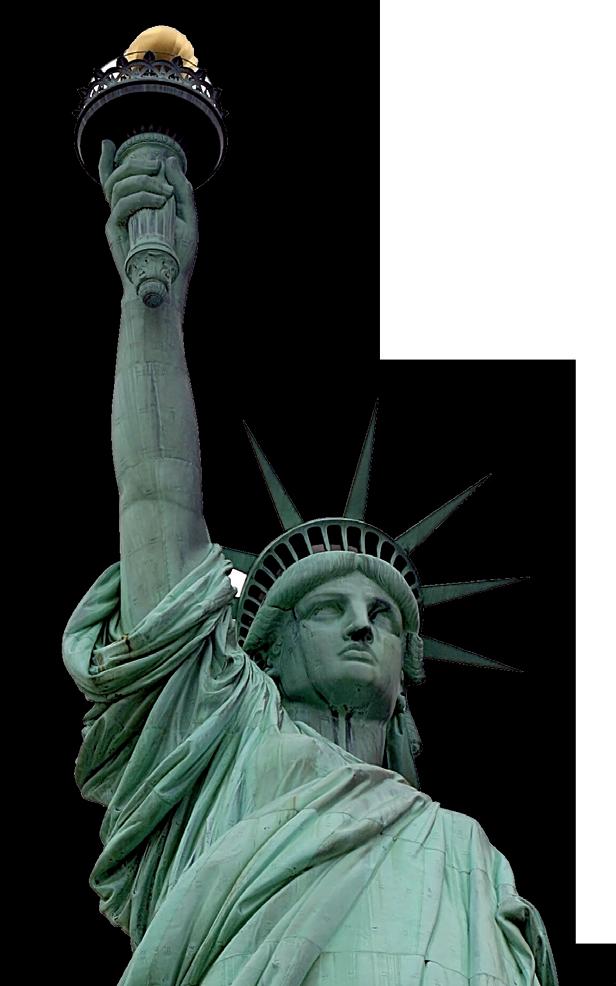




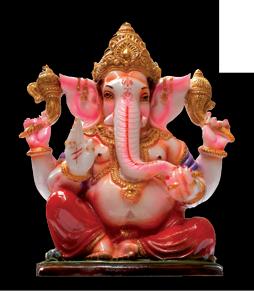
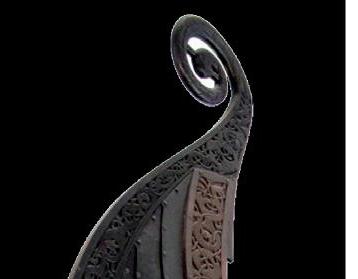

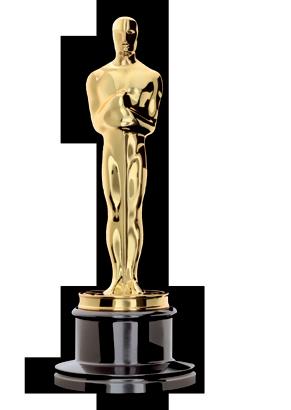





2012
Raffaello Libri Srl Via dell’Industria, 21 60037 - Monte San Vito (AN) www.raffaelloeditrice.it www.grupporaffaello.it info@raffaelloeditrice.it
All rights reserved. No part of this publication may be reproduced, stored in a retrieval system, or transmitted, in any form or by any means, electronic, mechanical, photocopying, recording or otherwise without the prior written permission of the Publishers.
Every effort has been made to acknowledge correctly and contact the source and/or copyright holder of material used in this book. The publishers apologize for any unintentional errors or omissions and will be pleased to make corrections in future editions of this book.
Editorial Dept.: Francesca Ceppi, Federica Giovanelli, Paolo Giuliani
Graphic Dept.: Alessandra Gasparetti, Ilaria Piancatelli
Illustrations: Ivan Stalio
Photo editing: Raffaello photo team
Photographs: Archivio Ed. Raffaello, Fotolia, iStockphoto, Olifoto
Special thanks for their contribution to: Alessandra Bini, Patrizia Caroti, Manuela De Angelis, Rita Portavia, Brenda Warren
I siti web riportati in questa opera potrebbero subire variazioni di indirizzo e contenuto. L’Editore non è responsabile delle suddette variazioni.
Printed in Italy by Gruppo Editoriale Raffaello
Reprint:
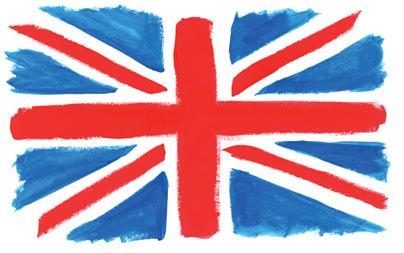


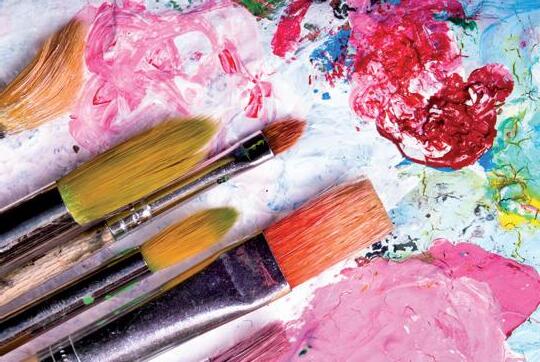



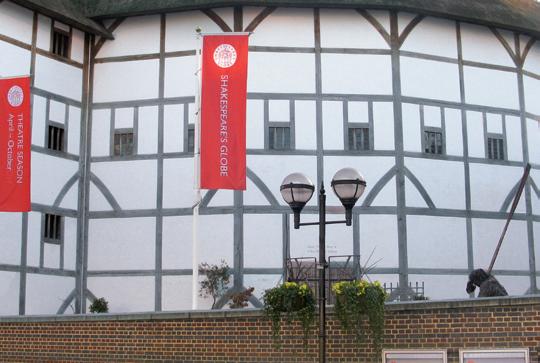

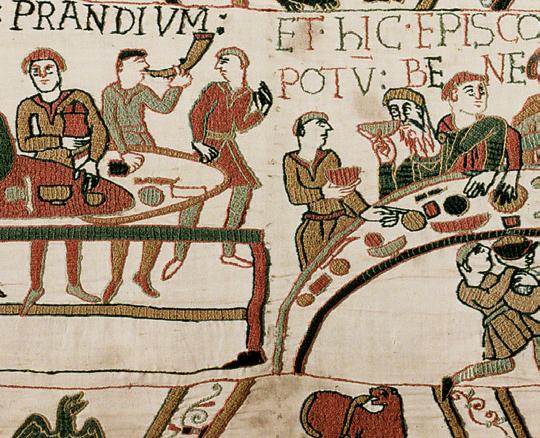






Culture and CLIL for you è il tuo libro di cultura e civiltà dei paesi di lingua inglese ed è articolato in 13 percorsi, corrispondenti a 13 materie del tuo programma scolastico.
La prima pagina di ciascuna materia riporta l’indice degli argomenti trattati, dal più semplice al più complesso.
Il simbolo indica che l’argomento evidenziato si trova nel CD-Rom per la classe ed è visionabile anche con la LIM. Benvenuto!
Questa etichetta ti aiuta a capire in che materia ti trovi e il livello di difficoltà dell’argomento.
Il titolo ti indica l’argomento, trattato sempre in due pagine.
Il simbolo T 21 indica che per svolgere l’attività hai bisogno di ascoltare, su CD audio, la traccia indicata - ad esempio in questo caso la n° 21.
did you know?
La sezione ti fa scoprire notizie e curiosità riguardanti l’argomento trattato.


I numeri 1 2 3 indicano le classi e i livelli linguistici di riferimento di ciascun argomento.

L’etichetta P r o j e c t segnala le attività di confronto con la tua realtà e i lavori di gruppo.
Alla fine di ciascuna unità la sezione ExAM PRACTICE ti aiuterà nella preparazione alla prova orale dell’Esame di Stato.
In questa sezione trovi suggerimenti per approfondire gli argomenti trattati, attraverso lo strumento comunicativo che più ti piace: film, libri, canzoni, siti web.
Il GLOSSARY è suddiviso in materie e ti aiuta nella comprensione dei termini specifici.
I fumetti ti indicano le attività di speaking da fare in coppia o a gruppi.



1. Look at the paintings below. What are the 3 main colours? Write them in the boxes.
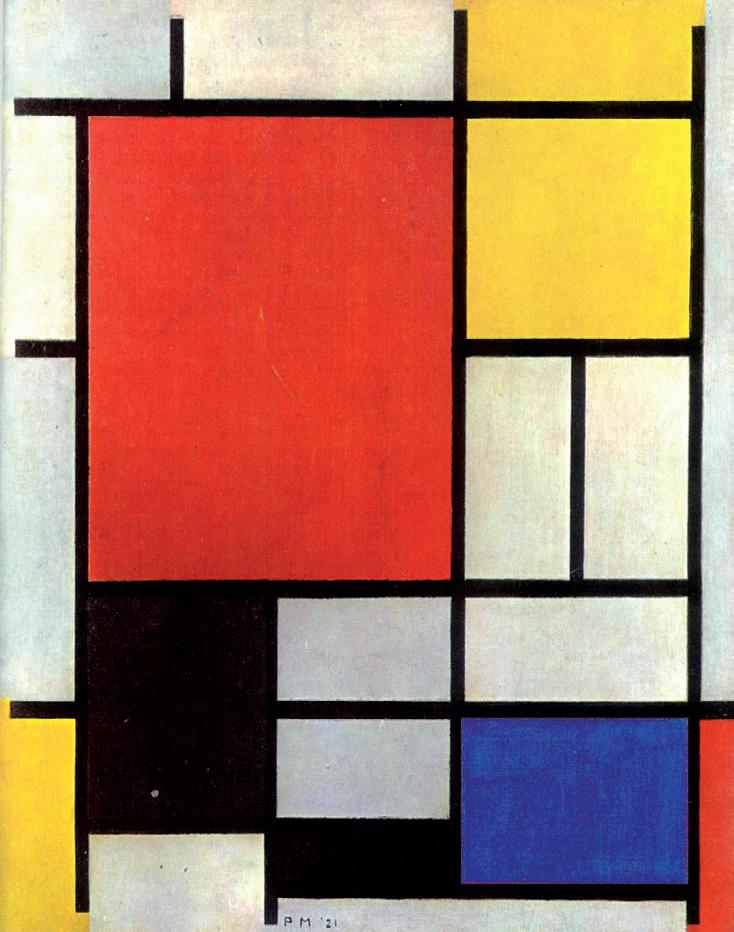
Composition, 1921
2. Read and complete the text.
Colour is an important part of graphic design.
The colour wheel shows how colours relate to each other.
The primary colours are: r
The secondary colours are: o
g
p
The secondary colours are created by mixing two primary colours: red + yellow = orange; red + blue = purple; blue + yellow = green.
On a colour wheel harmonious colours are side by side, like yellow and orange or red and purple.
On the other hand, complementary colours are opposite each other, like red and green, blue and orange, yellow and purple.
Warm colours are based on red and include red, yellow and orange.
Cool colours are based on blue and include blue, green and purple.
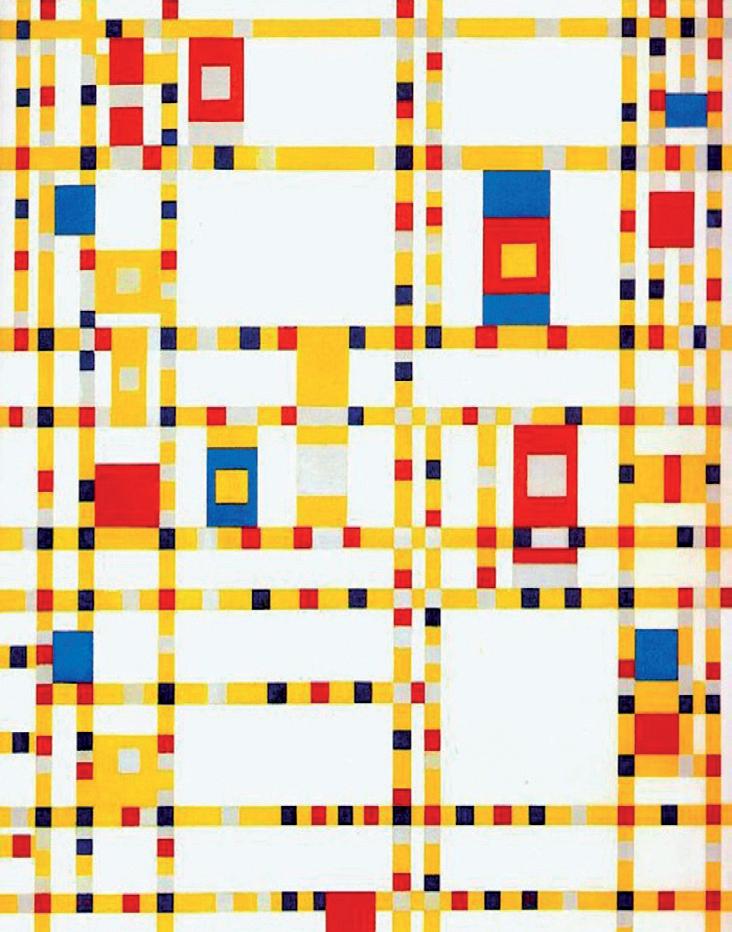
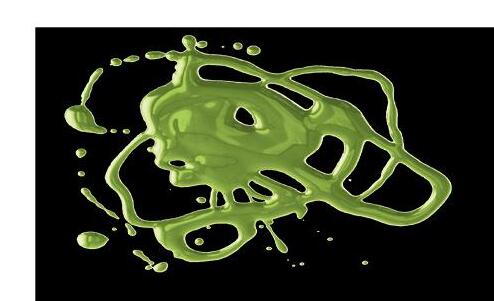
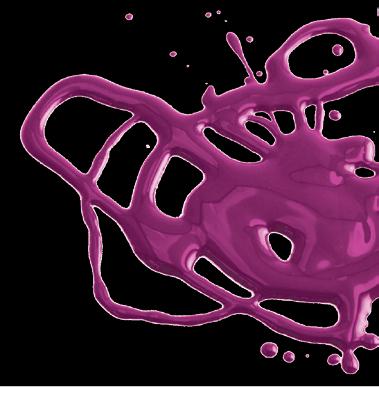

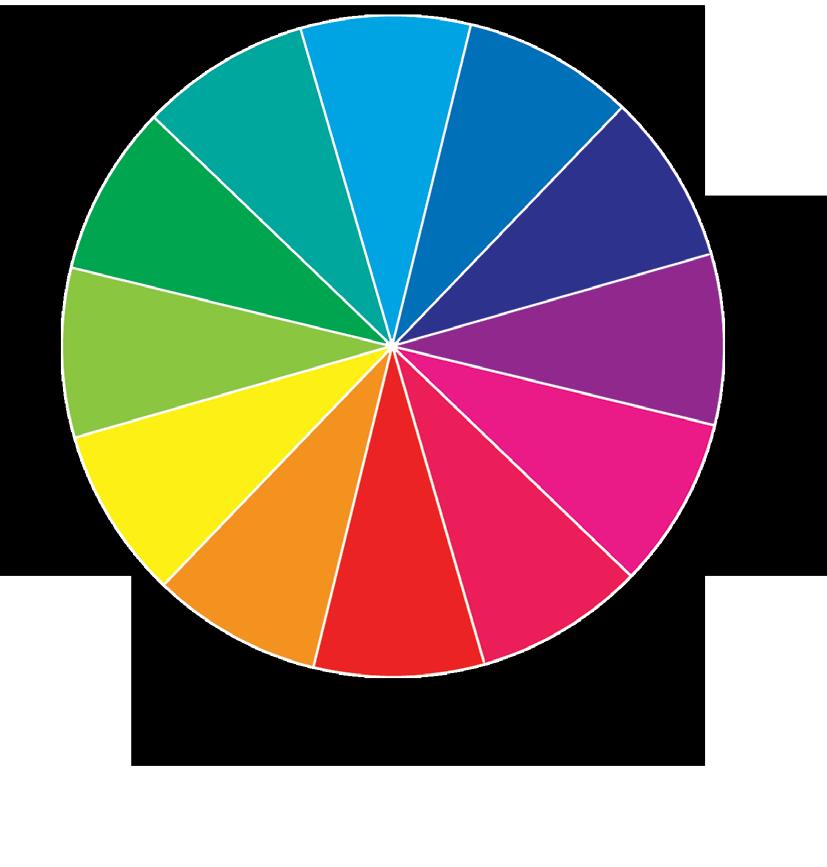
did you know?
The two paintings are by Piet Mondrian (18721944), a Dutch painter. Mondrian wants to create a pure, simple kind of art, using geometric forms and the primary colours - red, yellow and blue.
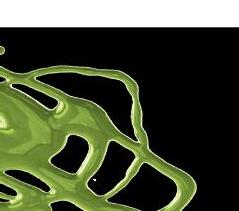

3. Read the text again. Find and write these expressions.
colori armonici
colori caldi
colori primari
ruota cromatica
colori freddi
colori complementari
colori secondari
Colour is a visual effect. The rainbow shows that all the colours of the spectrum are present in sunlight, but objects absorb only some of them and reflect the others, thus sending a message to our brain.
4. Pair work. In turns, build as many sentences as possible using the phrases below.
Orange
Blue and purple

Orange and blue
Red and yellow cool colours complementary colours primary colours a secondary colour orange a warm colour harmonious colours
5. Look at the two photographs below. Which do you prefer - warm or cool colours?


6. Take photos or cut-outs from magazines and create your photo album: write ‘warm’ or ‘cool’ above each and find a title.
1. Look and read.

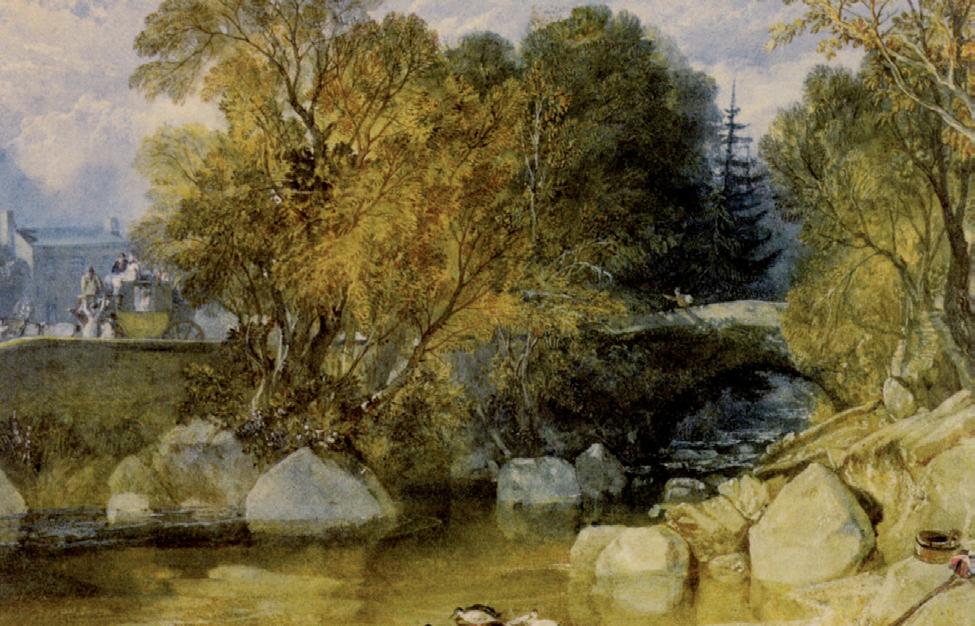
Back to Basics
Paintings can be classified according to the type of support and paint used. The support can be wood, canvas or plaster on wall, as for frescoes. Paint is made up of pigments (coloured powders) and a binding agent, like egg, oil, gum arabic or acrylic resin.
If the binding agent is egg, the paint is called tempera. If it is oil, we talk about oil paint. If it is gum arabic soluble in water, the paint is called watercolour. If it is acrylic resin, the paint is called acrylic colour. Contemporary painters often use acrylic paints.
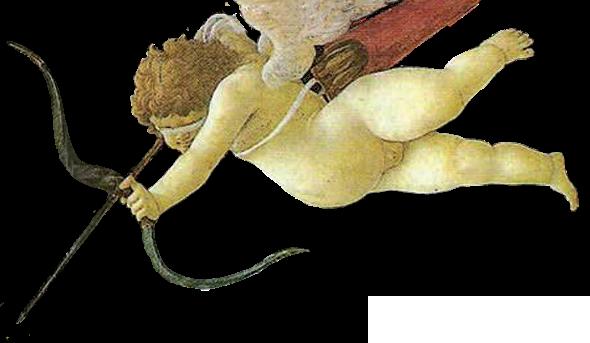
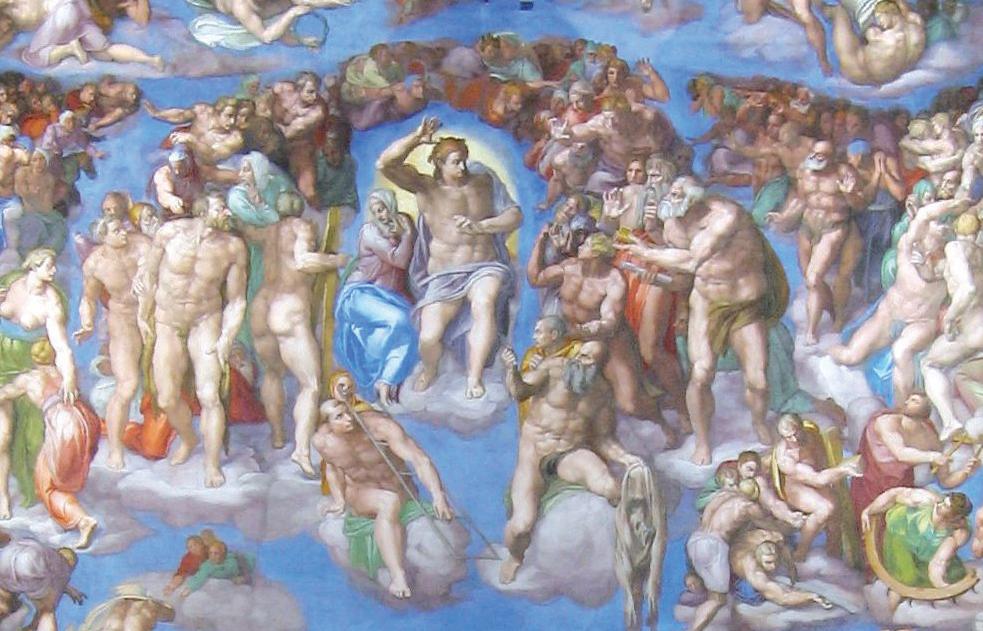


2. Read the text and label the pictures.
3. Read and fill in the gaps.

4. Read.
If you want to read a painting, you have to answer these questions:
What does this painting portray?
Where does the artist draw inspiration from?
How does the artist use the paint?
What is his/her intention? What effect does the artist achieve?
Title: Sower with Setting Sun
Type of painting: oil on canvas
Measurements: 64 x 80.5 cm
Artist: Vincent Van Gogh
Nationality: Dutch
Date: 1888
Art Gallery: Kröller-Müller Museum, Otterlo
This painting is called It is an and measures . Vincent , a painter, painted it in . Today you can see this painting at the in .
“Sower with Setting Sun” by Vincent Van Gogh portrays a peasant at work who is sowing a ploughed field.
The artist draws inspiration from a painting by Millet that he copied in 1881.
He uses colour contrast and juxtaposition of complementary colours to create an image of strong emotional impact.
He makes the sun appear violently vivid: it seems to burn like his anxious soul. I nTRodUcTIon:
5. Find suitable phrases in the description of “Sower with Setting Sun” to complete the writing frame.
USE oF coLoUR aRTIST’S I nTEnTIon It portrays = It depicts = He works from = He chooses = He renders a scene of.../a scene in which... imagination/memory/observation hot/cold/bright/dull/vivid colours/ to convey/to express... the image effectively/powerfully
6. Stick a picture of your favourite painting in your exercise book and write a caption to describe it. Use the expressions from Exercise 5 to help you.
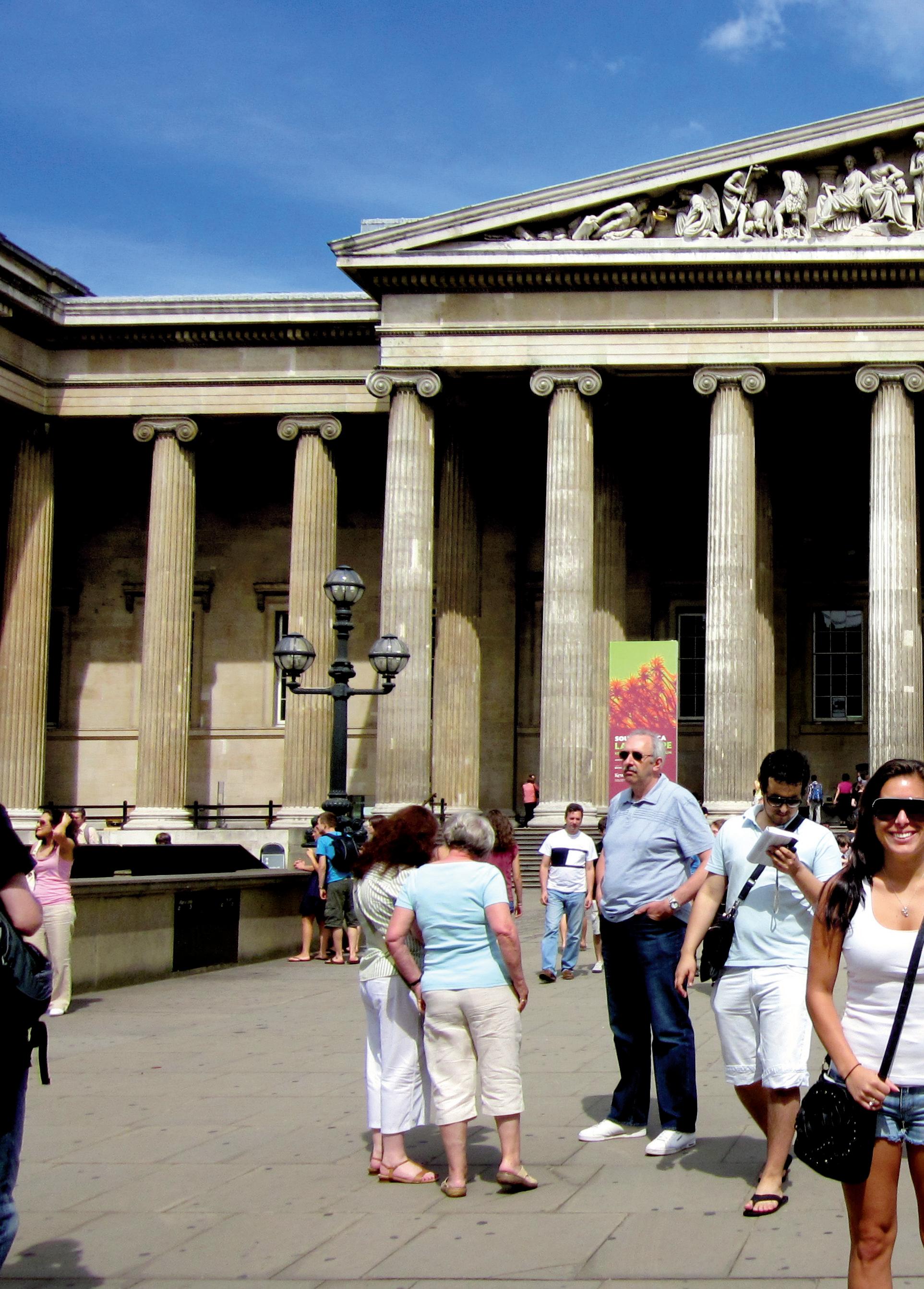
1. Listen and choose the right option.
The British Museum is one of London’s most / more visited attractions, and it was the first public museum in / of the world. The main gate is in Great Russell Street and the nearest tube / underground stations are Tottenham Court Road and Russell Circus / Square. The first thing you’ll see there is the Great Court, the largest covered public square in Europe. It has a spectacular glass and steel roof, designed by Norman Forster in 2000. At the centre you can see the Reading Room, formerly the British Library / Bookshop, where many big brains of history like Charles Dickens, Karl Marx, Oscar Wilde and Gandhi used to go. Around this there are galleries devoted to world cultures, where you can find objects from Ancient Egypt, Greece and Rome, the Middle East, Asia, Africa and of course Britain. If you don’t have much money / time for your visit, here are some of the museum highlights.
On the ground floor the Rosetta Stone is on display in Room 4. It is a stone, found / discovered in 1799, with an inscription which was the key to deciphering hieroglyphs. On the same floor you can see the Parthenon Sculptures, marble works from the famous temple on the Acropolis in Athens.
At the foot of the East Stairs there is the Mexican Gallery, featuring the Mosaic Mask of Tezcatlipoca, a god known as the Smoking Mirror. This mask is a turquoise mosaic laid over a human skull. Another highlight on display on the first floor / storey is Lindow Man. He was a young man from Lindow who died 2000 years ago, probably as a human sacrifice.
Reading Room
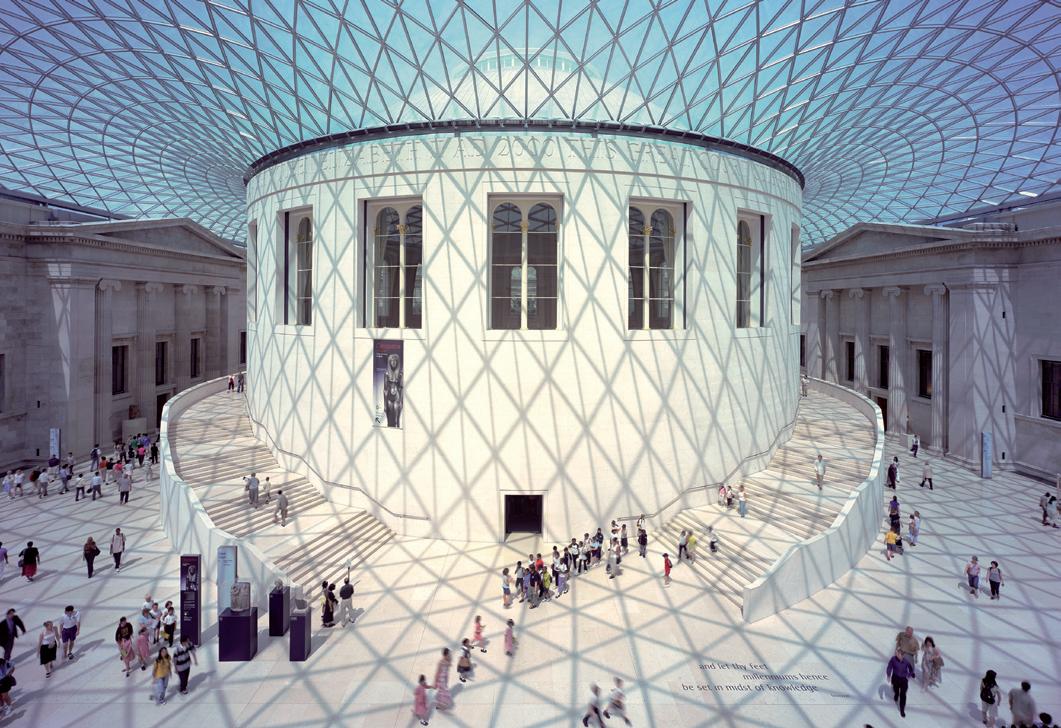


“Remember! Smoking is harmful!” PO
Parthenon sculptures (Room 18)


2. Read the text again. In pairs, ask for information about the British Museum and answer. ask as many questions as you can.
Where’s the British Museum?
What’s the nearest tube station?
It’s in Great Russell Street.
3. Read and play the game.
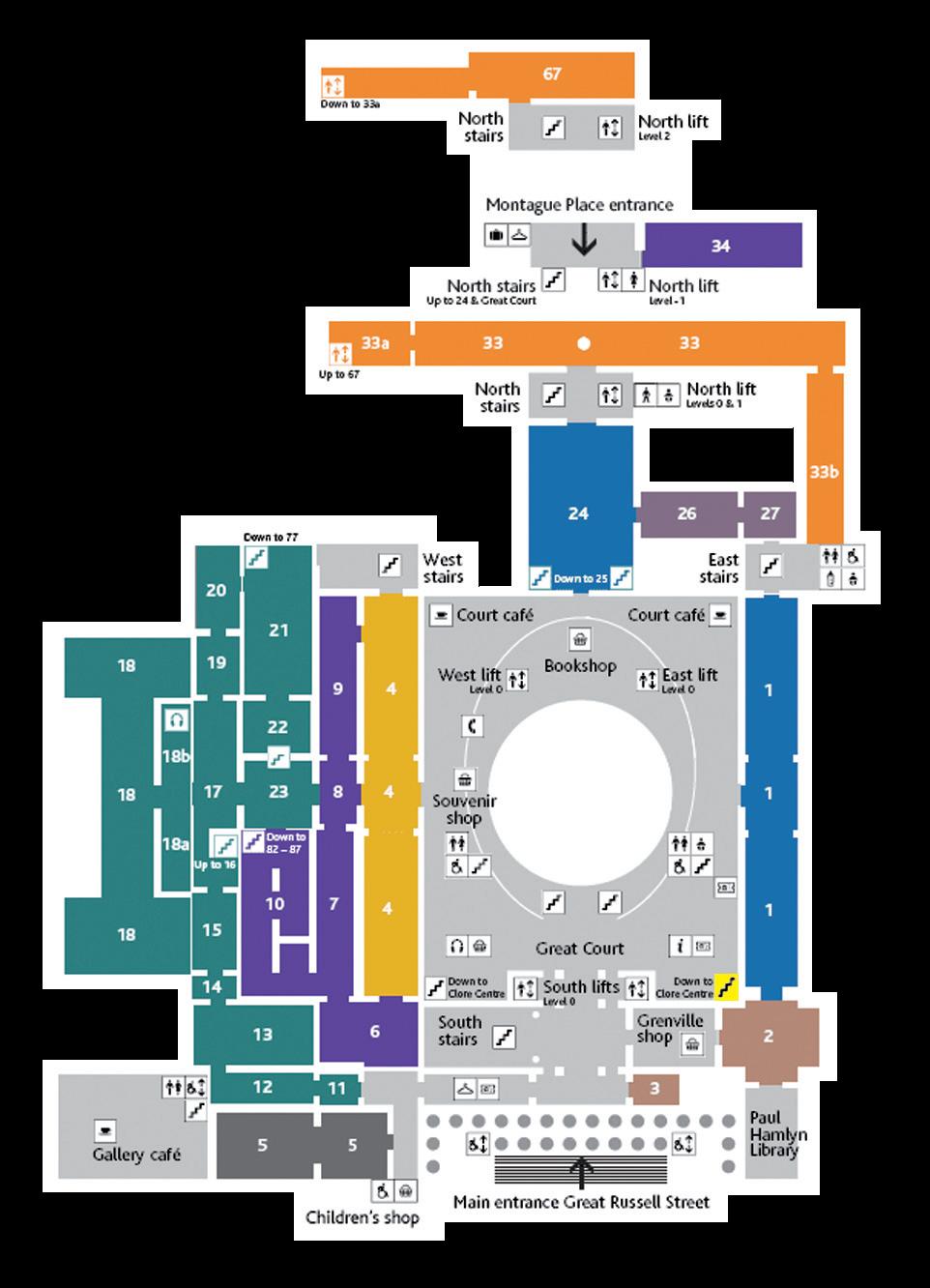


Please, help me!
I must find out who deciphered hieroglyphs. The letters of his name are all near the pictures, but we must rearrange them. Let’s start from the Reading Room and follow the hints in the bubbles!

“Look
for a
‘young
man’ to find the clue!”


“Learn
to decipher texts to find the clue.”
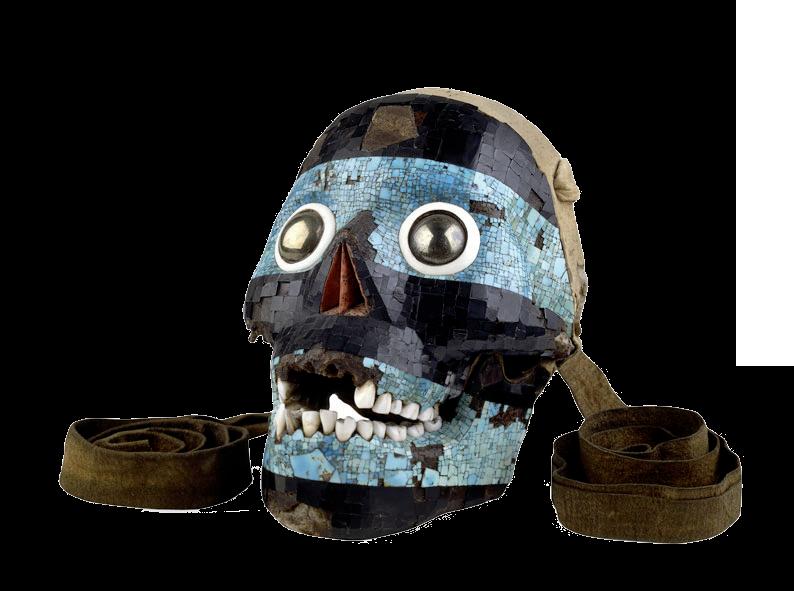
“Perhaps Ancient Greeks can help you!”

“Well done! The name is...
Enjoy your visit!”

Gauguin joined him in Arles, but they got on badly. When Gauguin left, Van Gogh cut his ear. a
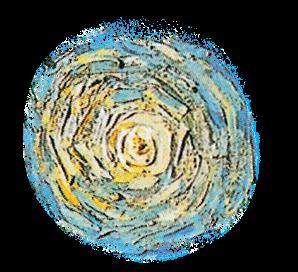
b1. This is a self-portrait by Vincent Van gogh. Learn about his life by re-arranging the frame in the correct order.
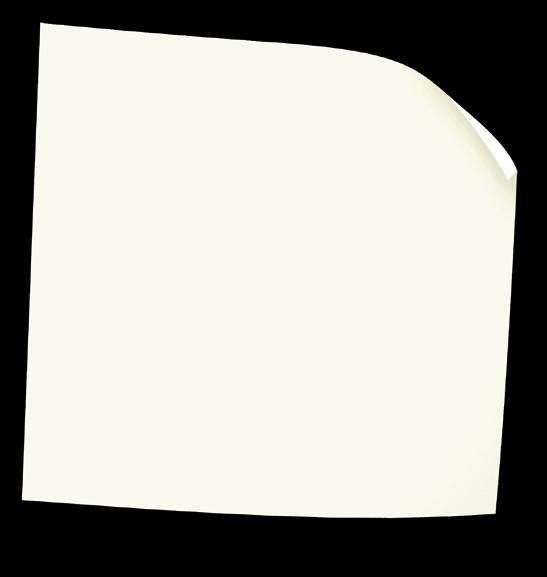
Four years later, in 1873, he moved to London, where he worked for the same company until 1875, when he moved to the Paris branch of the firm.

Later on, he developed his own post-impressionist style and started to use brighter colours to express his feelings. In 1888 he moved to Arles, in the south of France.
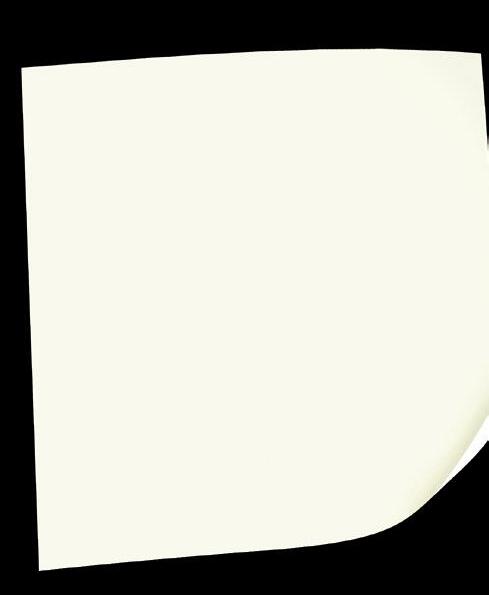
Theo also helped Vincent when he arrived in Paris in 1886. Here Van Gogh was influenced by the Impressionists and the design of Japanese prints.

Vincent Van Gogh was born in Holland in 1853. His childhood was happy but he was a solitary and moody boy. e
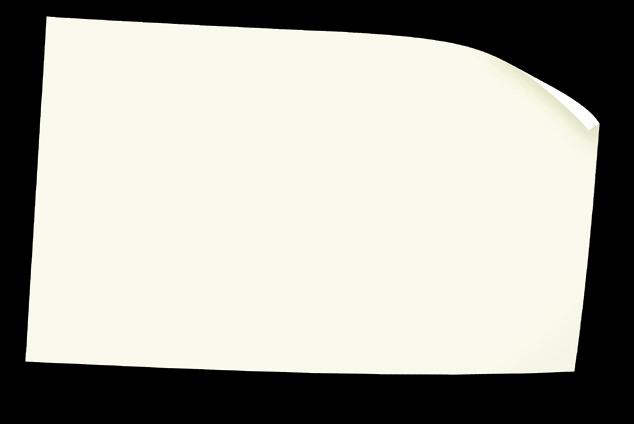
After that his mental health got worse and worse and he killed himself in 1890. f


In 1880 he went to Brussels to study, supported by his brother, Theo.

Unfortunately in 1876, he started suffering from depression and was dismissed. After that he became a missionary among poor coal miners in Belgium and started making drawings of peasant life until he finally decided to devote himself to painting.


2. Listen and check. Then write down Van gogh’s biography in your exercise book.
3. Read Van gogh’s biography. In pairs, use the timeline to practise reporting it orally.
In 1869, at the age of 16, he started working as a clerk for an art-dealer company. Through his job he came into contact with the world of art. g
VanGoghwas born in 1853.
In 1869 he started workingforan art-dealercompany.
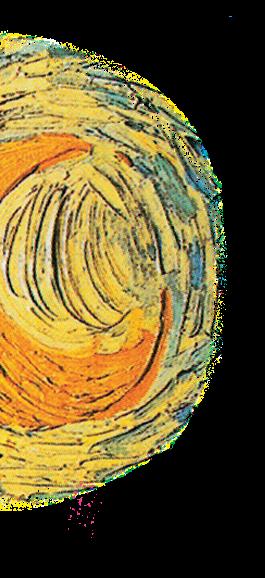
4. Read the text.
This term comes from a hostile review of Monet’s painting Impression: Sunrise, after an exhibition of new artists like Monet, Degas, Pissarro and Renoir, held in Paris in 1874.

Today it refers to the first avant-garde art movement which started in France in the 1860s. It was new both for its subject matter and for its technique. In fact, it portrayed landscapes and scenes of the modern urban life. Moreover, the technique was

characterized by the use of bright, pure, readymade colours, often complementary colours which were juxtaposed to enhance each other. These were applied through rapid brushstrokes by artists who started painting outdoors. Impressionist painters were also interested in the way we perceive what we see and they tried to convey this experience: when looking at a landscape for instance, the details seem to blend into a mass of light and colour.
5. Which of these paintings by Van gogh shows the influence of Impressionism?
Explain why by making a list of the Impressionist features you recognize in the painting.



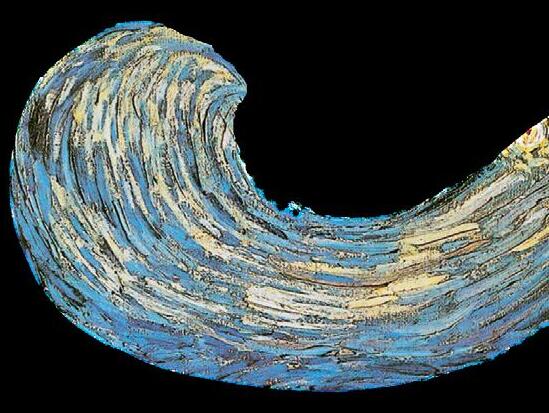

Title: The Potato Eaters
Type of painting: oil on canvas
Measurements: 82 x 114 cm
Artist: Vincent Van Gogh
Nationality: Dutch
Date: 1885
Art Gallery: Amsterdam, Rijksmuseum
Title: Souvenir de Mauve
Type of painting: oil on canvas
Measurements: 73 x 59.5 cm
Artist: Vincent Van Gogh
Nationality: Dutch
Date: 1888
Art Gallery: Otterlo, Kröller-Muller Müseum
6. Pair work. In turns, ask and answer about the two paintings in Exercise 5.
What’s the title of the first/second painting? Whattype ofpainting is it?
Howbigisit? Whopaintedit? Whatnationality isthepainter? When was it painted? Where can you see it?
1. Look at the paintings and match the title. check with your teacher.
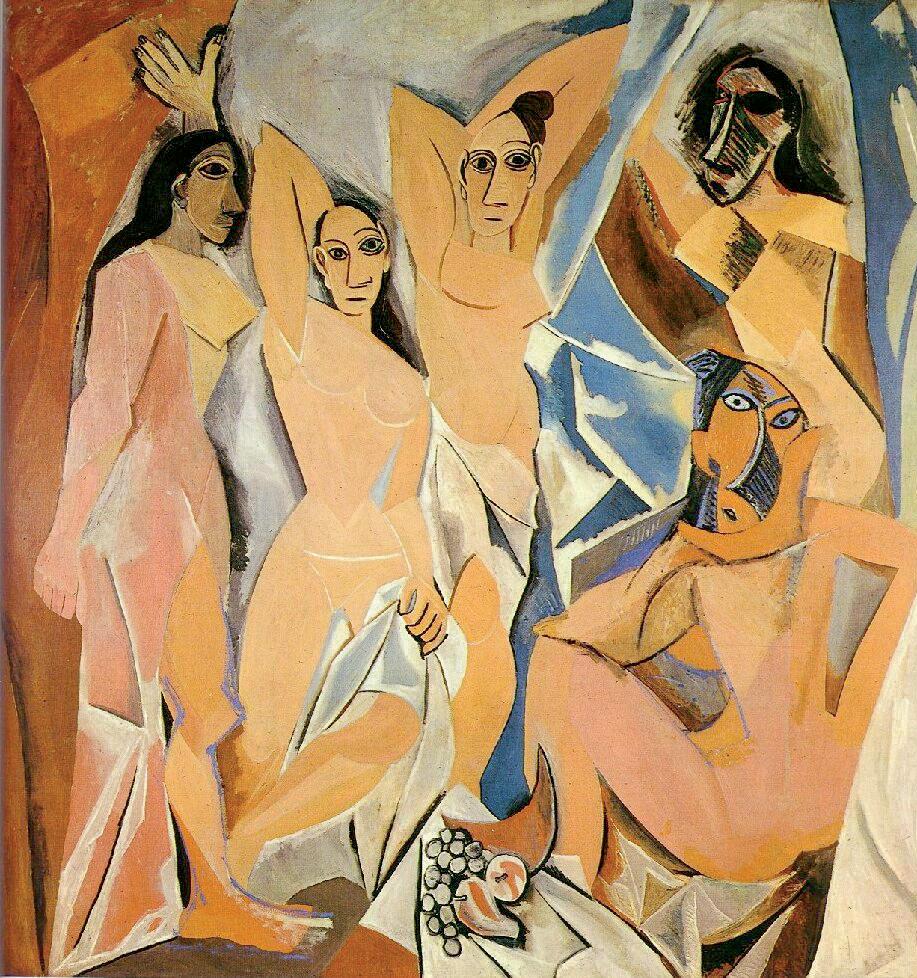


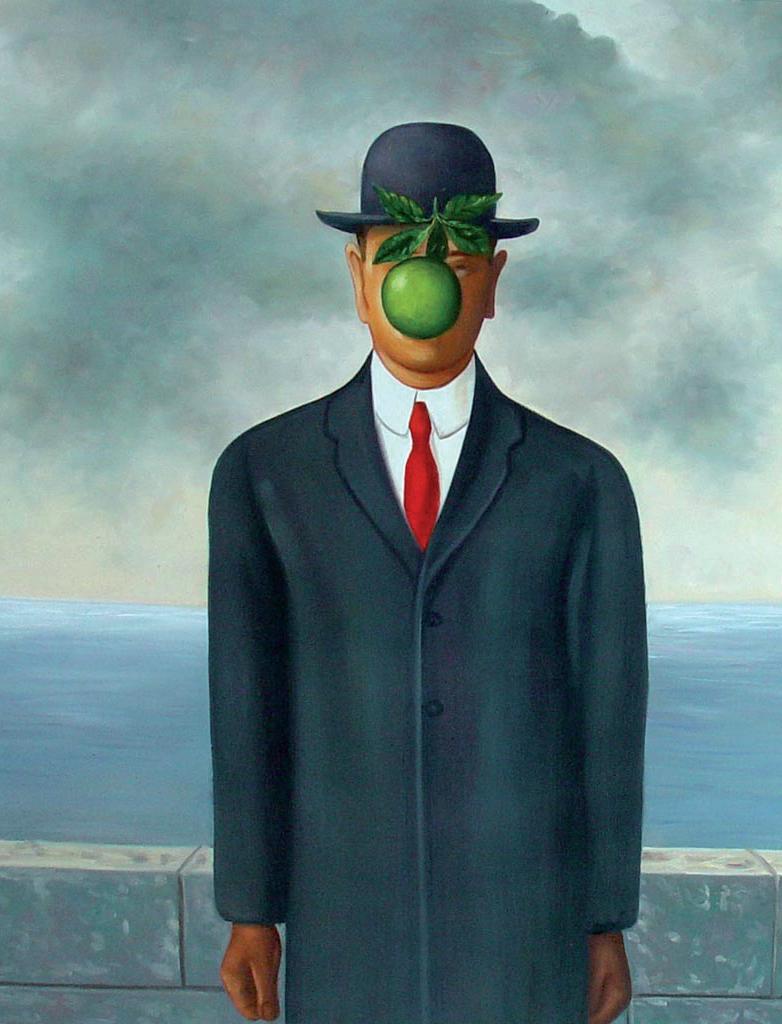
2. a museum guide is giving information about these paintings. Listen and complete.
artist: date:
Portrays: art movement: Period: Pablo Picasso
artist: date:
artist: date:
Portrays: art movement: Period: Edward Munch René Magritte
Portrays: art movement: Period:
3. Work in groups: imagine you are museum guides - use your notes to explain the three paintings to the rest of the class. describe one panting each. Begin with these sentence starters:
This is a painting by... It was painted in... It portrays... It is typical of... This art movement developed in... It focused on...
4. Read the text.
I’m Pablo Picasso, a Spanish painter. I experimented many styles and art forms during my life and approached different art movements. Historians normally divide my production of more than 22,000 works into two main periods - the “blue” one and the “rose” one, according to the use I made of colour. I developed Cubism and this is one of the most famous Cubist paintings, Guernica. It is a mural-size oil on canvas depicting the bombing of Guernica, Spain, by German and Italian warplanes on April 26 th 1937, during the Spanish Civil War. Guernica is a small village in Spain’s Basque region and it was considered the core of the Republican Resistance movement in the north. I was commissioned by the Spanish Republican government to paint a mural for the Paris International Exposition in 1937. This was the result - a black, white and grey mural. The colours I used express pain, chaos and the lifelessness of war; the posture of the bodies expresses protest; the flaming buildings and walls stand for the destructive power of war; the broken sword represents the defeat of the people during the attack on Guernica. Guernica is certainly a reminder of the tragedies of war, and has become an anti-war symbol.

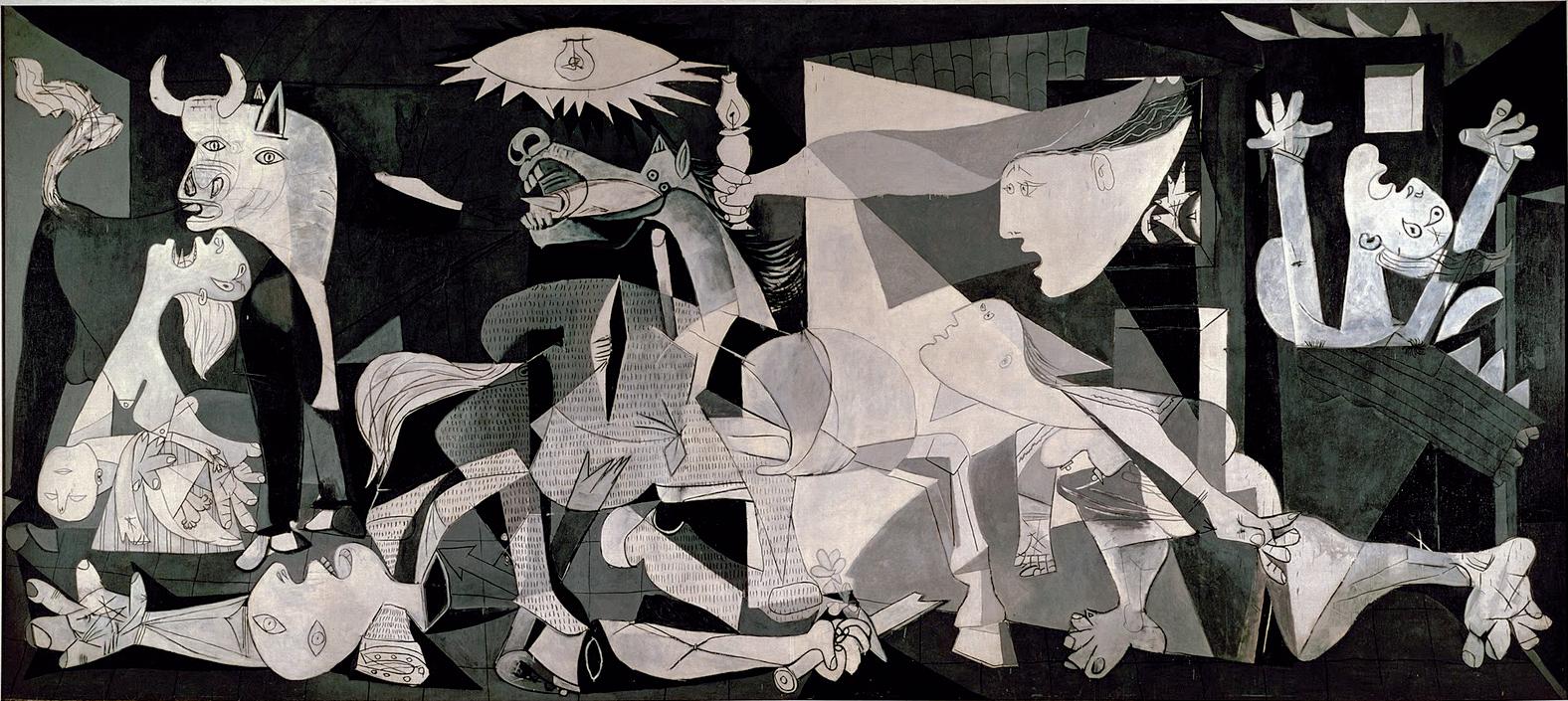
5. Tick True (T) or False (F).
1. All Picasso’s works are Cubist works. T F
2. Picasso painted Guernica when he was 56. T F
3. It is a small painting. T F
4. Guernica depicts the bombing of a Spanish town. T F
5. Guernica celebrates war. T F
6. Picasso used black, white and grey to express life. T F
6. Would you be able to report Picasso’s words? Read the text again, close your book and try!
During Fascism in Spain Picasso requested that Guernica be sent to the Museum of Modern Art in New York. He said that the painting should be returned to Spain only after the fall of Fascism. After General Franco’s death in 1981, the painting was sent to Madrid where it is displayed at the Reina Sofia Museum.
art aN d COLOur
1. What is the colour wheel?
2. What are the primary colours?
3. What are the secondary colours and how are they created?
4. What are harmonious colours? Give an example.
5. What are complementary colours? Give an example.
6. What’s the difference between warm and cool colours?
HOw tO read a PaINtINg
1. How can paintings be classified?
2. Mention some kinds of support.
3. What is paint made up of?
4. Can you mention the types of paint you know?
5. List the main information you need to describe a painting.
6. Describe “Sower with Setting Sun” by Vincent Van Gogh.
tH e Br ItIsH m useum
1. When did the British Museum open?
2. What was it originally?
3. Where is it?
4. What was the Reading Room in the past?
5. What cultures are on display at the British Museum?
6. Talk about the highlights of the British Museum.
VINCeNt VaN gOgH
1. Talk about Vincent Van Gogh’s life.
2. What art movement influenced Van Gogh?
3. How can we define his style?
4. What is Impressionism and what are its main features?
5. Where does this name come from?
6. Give some basic information about “Souvenir de Mauve” and say why it is an Impressionist painting.
1. What is Cubism? When did it develop and what were its main ideas?
2. What is Expressionism? When did it develop and what were its main ideas?
3. What is Surrealism? When did it develop and what were its main ideas?
4. Choose an art work for each of these movements and describe it.
5. Talk about Picasso’s life.
6. Describe Picasso’s Guernica.



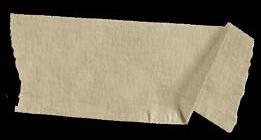

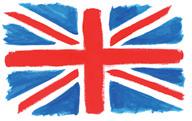


Culture and CLIL for you è un testo di cultura e civiltà dei paesi di lingua inglese, basato sulla metodologia CLIL: una raccolta di lezioni interdisciplinari e di argomenti di cultura e civiltà per gli studenti della Scuola Secondaria di primo grado.
Il volume copre in modo sistematico tutte le materie curricolari - Art, Citizenship, Craft & Technology, English, Geography, History, ICT, Maths, Music, P.E., Science - ed alcune aree di interesse culturale - Customs & Traditions e Life Skills.
Ogni materia è articolata in più lezioni e suddivisa in 3 livelli di difficoltà linguistica (A1, A1/A2, A2) e presenta argomenti del piano di studio di ciascuno dei tre anni della Scuola Secondaria di primo grado. Ogni argomento si concentra in 2 pagine ed è quindi molto agile, pratico e adattabile alle esigenze della classe.
Le attività sono varie e coinvolgenti e comprendono tutte le tipologie più care all’approccio CLIL – da griglie e diagrammi da completare, a esercizi di matching e labelling, a semplici esperimenti, presentazioni e progetti da pianificare e attuare secondo una didattica laboratoriale.
A conclusione di ciascuna unità la sezione di preparazione all’Esame di Stato aiuta lo studente nel ripasso di lingua e contenuto.

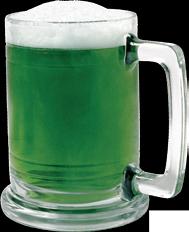

Il CD-Rom per la allegato alla guida per l’insegnante, offre materiale di approfondimento, 20 ulteriori argomenti utilizzabili in tre versioni diverse:
• video da mostrare in classe con la LIM
• schede con ascolti da utilizzare con la LIM
• schede stampabili e utilizzabili in versione cartacea
Componenti:
Student’s book + CD audio
Teacher’s guide + CD-Rom per la LIM
www.celticpublishing.com www.grupporaffaello.it
Inoltre, per ciascun argomento, una serie di attività di reading-comprehension, da utilizzare in versione digitale oppure da stampare.
